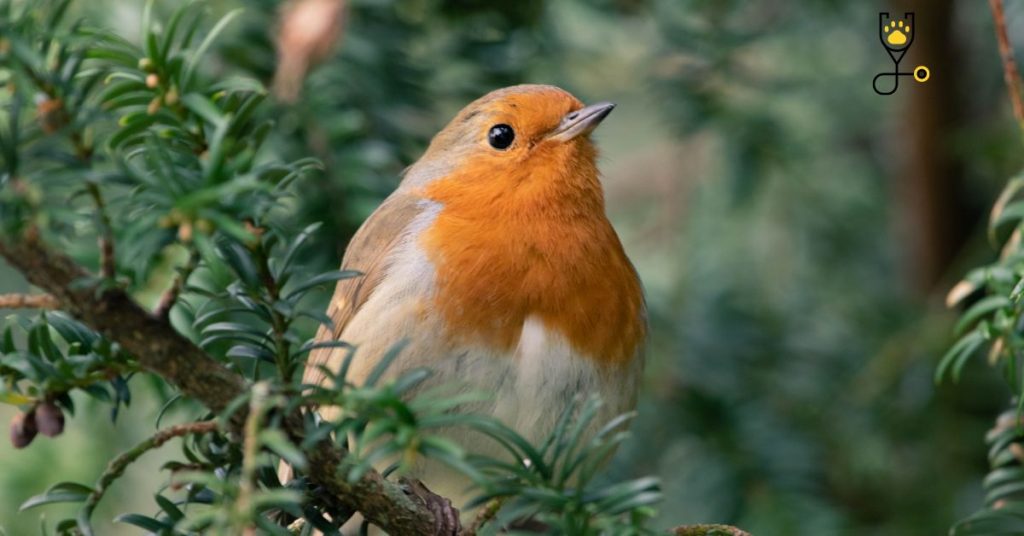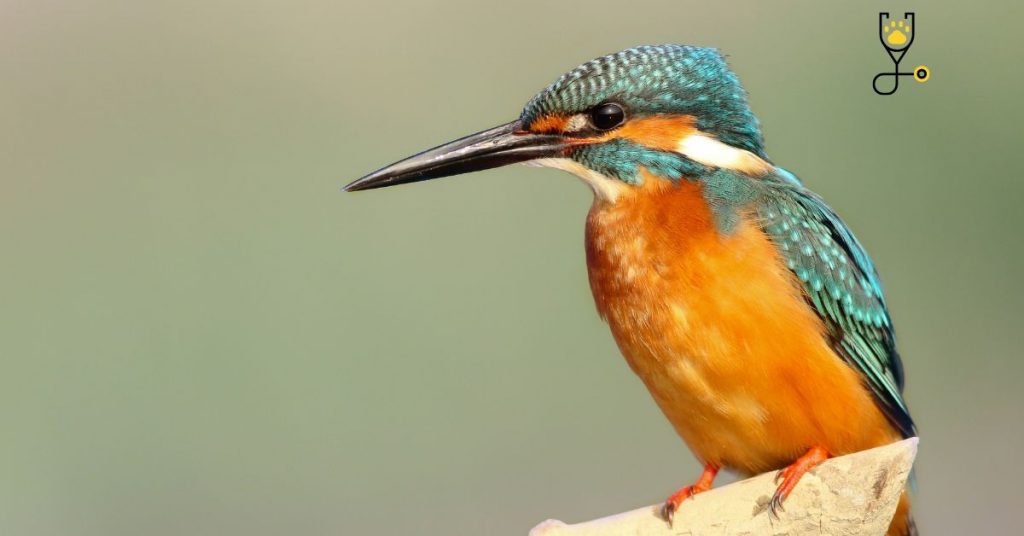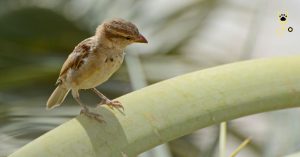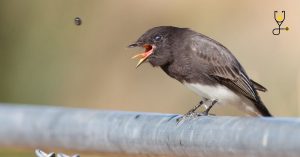As a bird owner, you may be wondering what the difference is between a softbill bird and a hookbill. To help you understand the key differences between these two types of birds, we’ve put together this helpful blog post. Keep reading to learn more about the distinguishing features of each type of bird, and how to properly care for them.

Explanation
1. Bill Shape
The most obvious difference between softbill birds and hookbill birds is the shape of their beak, or bill. Softbills have a rounded beak with no apparent hook. In contrast, hookbills have a sharply curved beak that projects forward like a hook.
Also read: Why Pet Birds Have Flaky Beaks
2. Diet
Softbills have a diet that consists mostly of plant matter and insects, while hookbills feed primarily on seeds, nuts, and fruits.
3. Different Nesting Habits
Hookbills will typically build nests from sticks and other materials, while softbill birds usually lay their eggs in cavities or crevices in trees.
4. Flight Patterns
Hookbills are more agile and can maneuver quickly in the air, while softbill birds fly slower and more gracefully.
5. Size
Softbills tend to be smaller than hookbills, with many species measuring no larger than 6 to 8 inches (15-20 cm) long.
6. Coloration
Hookbills have brighter and more vibrant colors, while softbill birds tend to be more muted and blend into their environments.

7. Sounds
Softbills are usually quieter than hookbills, only making chirps or faint whistles instead of the loud calls that most hookbill species make.
8. Aggression
Hookbills are usually more aggressive and territorial, while softbills tend to be more docile and less likely to challenge other birds.
9. Lifespan
Softbill birds typically have a longer lifespan than hookbills, with some species living up to 15 years or more in captivity.
10. Maintenance
Softbills require less maintenance than hookbills, as they do not need to have their feathers plucked or beamed regularly.
11. Roosting Habits
Hookbills are more likely to roost in the same area throughout the year, while softbills may migrate or move around.
12. Socialization
Softbills tend to be more social and friendly, while hookbills may be more aloof or aggressive.
13. Cage Size
Hookbills need larger cages due to their size and agility, while softbills can do well with smaller enclosures as long as they have plenty of perches available.
14. Environment:
Softbill birds require a more temperate environment than hookbills, which can tolerate slightly higher temperatures.

15. Price
Softbill birds are usually cheaper than hookbills due to their smaller size and lower maintenance requirements. Choosing the right bird for you will depend on your budget and lifestyle, but understanding the differences between softbill birds and hookbill birds is key to making an informed decision.
Conclusion
Softbills and hookbills have many differences that make them each suitable for different lifestyles and preferences. Softbills are usually cheaper, require less maintenance, and have more muted colors while hookbills are larger, more colorful, and louder. While it is hard to say which type of bird is better than the other, understanding the distinguishing features of each will help you decide which one is right for you. Ultimately, whichever type of bird you choose should fit into your lifestyle and budget. Thanks for reading this helpful blog post! We hope this guide has helped you gain a better understanding of the distinctions between softbill birds and hookbill birds. Happy bird watching!
Frequently Asked Questions
Q: What is the difference between a softball and a hookbill?
A: The main differences between softbills and hookbills are size, coloration, sounds, aggression levels, lifespan, maintenance requirements, roosting habits, socialization tendencies, cage size needed, and environment. Softbills tend to be smaller with more muted colors; they make only chirps or faint whistles instead of loud calls; they are more docile and have a longer lifespan; require less maintenance; migrate or move around rather than staying in one area; are more social and friendly; need smaller cages; require a more temperate environment, and are usually cheaper. Hookbills on the other hand tend to be larger with brighter colors; they make loud calls; are more aggressive and have a shorter lifespan; need to regularly have their feathers plucked or beamed; stay in one area throughout the year; can be aloof or aggressive; require larger cages, and can tolerate slightly higher temperatures.
Q: Is one type of bird better than the other?
A: It is hard to say which is better as it depends on your lifestyle and preferences. If you prefer more vibrant colors and louder sounds then a hookbill may be the better choice for you, but if you have a smaller budget then a softbill might be the best option. Ultimately, it all comes down to personal preference. The important thing is to do your research before making any decisions and make sure that whichever type of bird you choose fits into your lifestyle and budget.
Q: What is the best way to choose between a softball and a hookbill?
A: The best way to choose between a softball and a hookbill is to do your research on each type of bird, understand their distinguishing features, and decide which one fits your lifestyle and budget. Ultimately, whichever type of bird you choose should fit into your lifestyle and budget. Thanks for reading this helpful blog post! We hope this guide has helped you gain a better understanding of the distinctions between softbill birds and hookbill birds.
Q: What other factors should I consider when choosing a bird?
A: When choosing a bird, you should also consider their temperament and how much time you are able to dedicate to taking care of them. Some birds require more attention than others, so it is important to research the species that interests you in order to determine what level of care they need. Additionally, some breeds may cost more than others or have different habitat needs, so make sure to factor these into your decision as well. Ultimately, whichever type of bird you choose should fit into your lifestyle and budget.
Q: Are there any other resources I can use to learn more about softbills and hookbills?
A: Yes! There are many online resources available for learning more about softbills and hookbills. Look up books, blogs, forums, and websites that focus on bird keeping or the specific species you’re interested in. You can also reach out to experienced bird keepers through social media or by attending local events. Thanks for reading this helpful blog post! We hope this guide has helped you gain a better understanding of the distinctions between softbill birds and hookbill birds.








